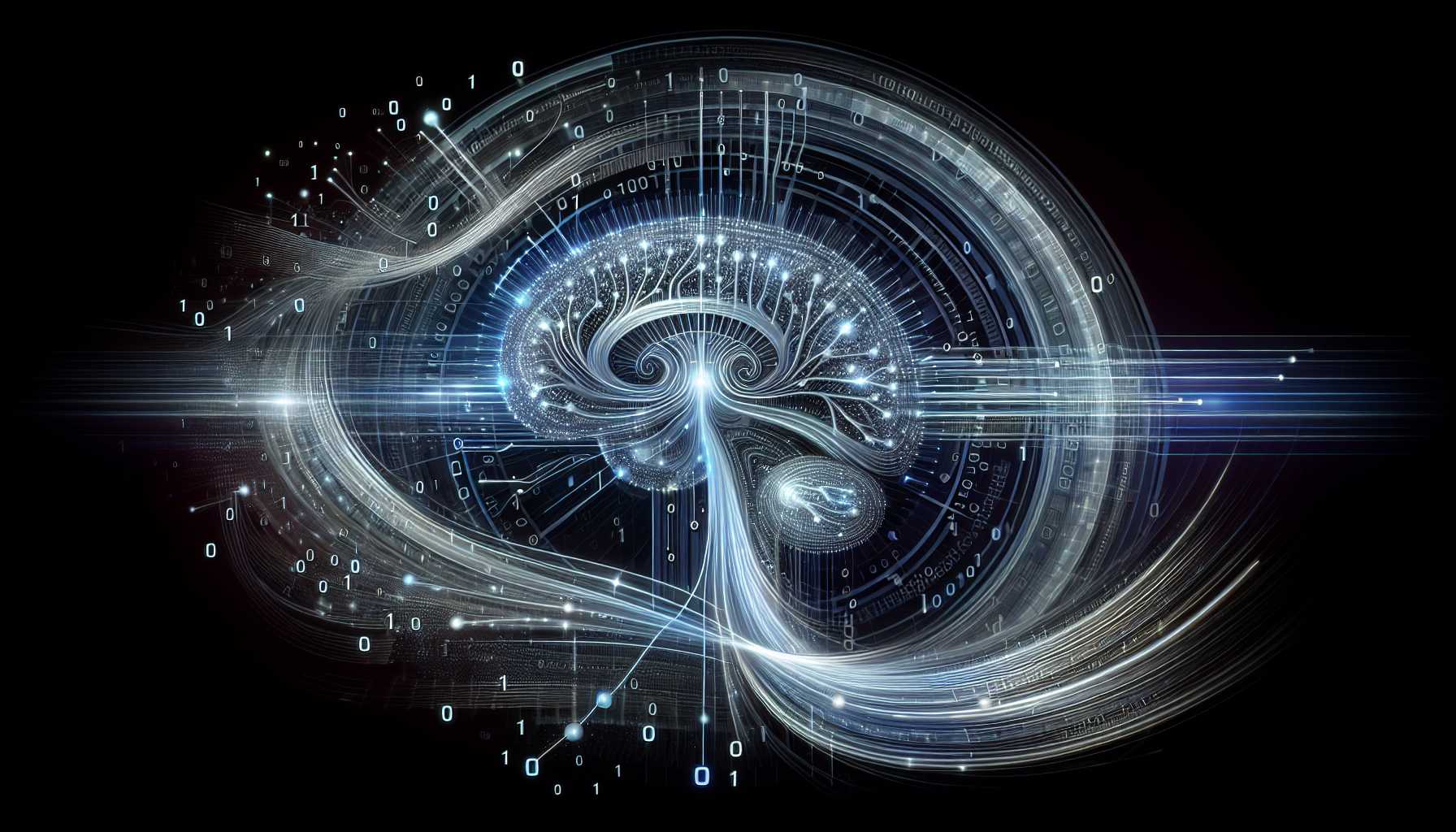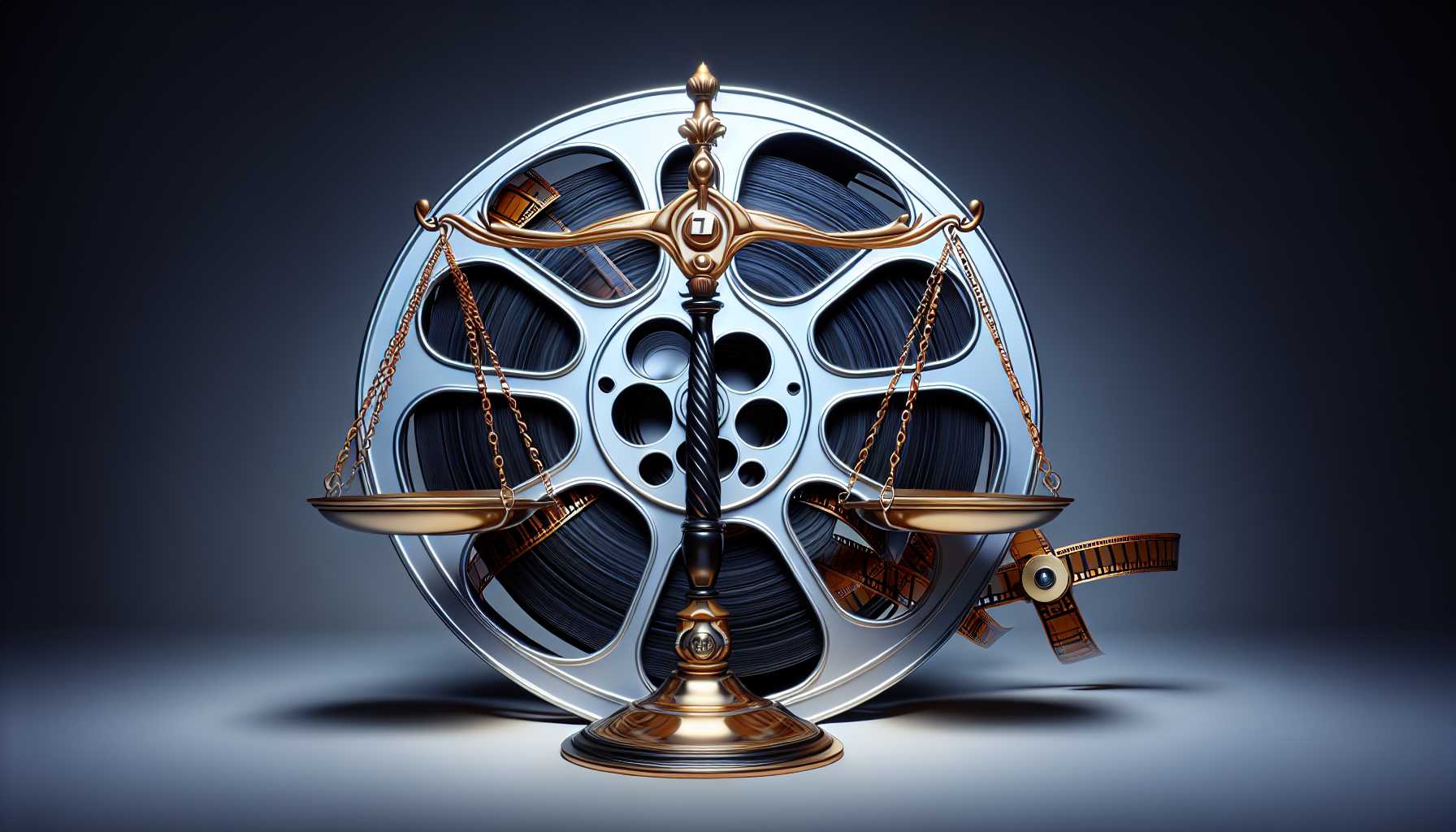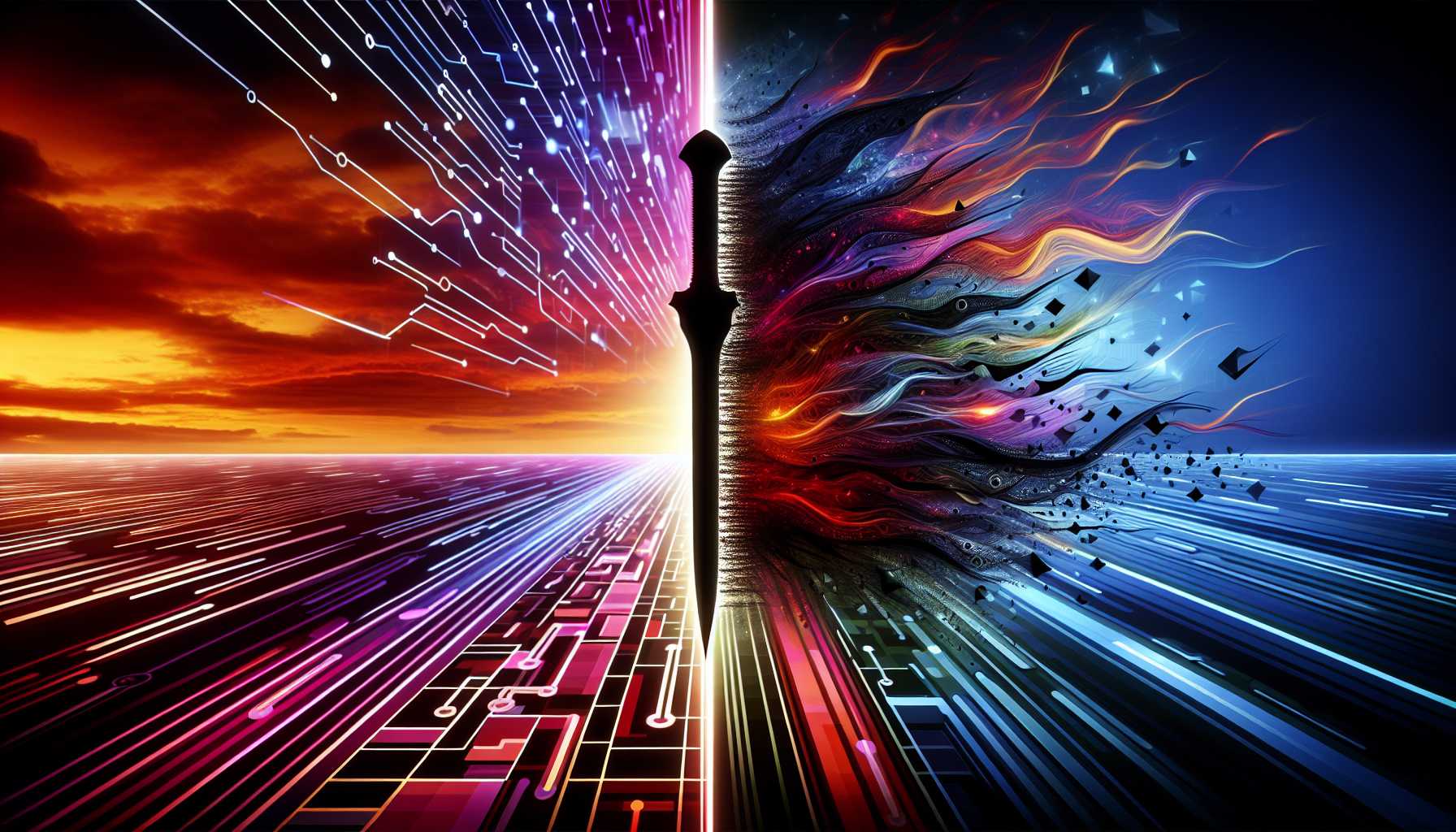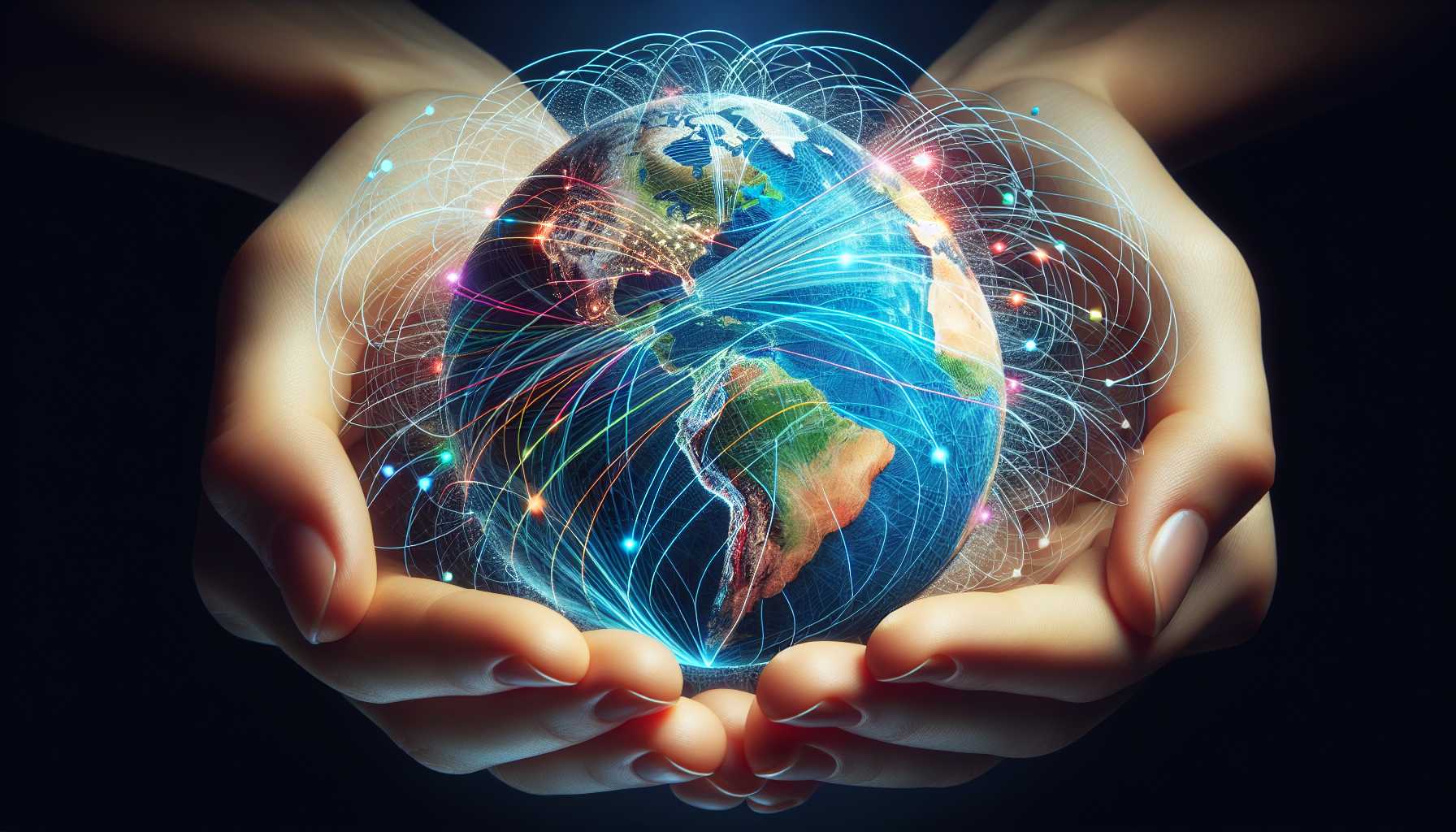The tech ecosystem has experienced yet another significant tremor. Indeed, your regular chatbots and photo generators must make way, for we have a new entrant in town – OpenAI’s Sora, the video generation model that has the digital world abuzz not just with excitement, but with an army of moral and ethical questions marching behind it.
Section 1: Sora is Born – An AI that Dreams in Video
Imagine typing “Reflections in the window of a train traveling through the Tokyo suburbs” and watching, as if summoned by a digital genie, a photorealistic video manifest before your eyes, complete with shaky camerawork and reflective cityscapes. This isn’t a scene from a sci-fi novella – it’s what Sora is outright offering the world. OpenAI’s video generation technology isn’t just creating waves; it’s unleashing tsunamis in the tech space. Picture a 30-year-old space man’s cinematic escapade rendered in such vivid detail it might as well be a lost frame from a Nolan or Anderson flick, or golden retriever puppies frolicking in snow so real you think you’d feel the cold. Ladies and gentlemen, welcome to the age of video generation at the behest of a few keystrokes.
Section 2: Behind the Curtains of Sora’s Magic
The million (or should I say, 7 trillion) dollar question is: How does Sora pull off this wizardry? We tech enthusiasts are sitting at the edge of our seats, curious and somewhat uneasy. OpenAI has let the cat halfway out of the bag but kept the training data details under wraps. High-stakes speculation is that the model feasts on a buffet of internet-scale video data, with plates possibly piled with copyrighted content. A recipe for controversy, isn’t it? Understanding Sora’s inner workings requires us to grasp the concept of diffusion models. Think of “patches” or small pieces of data that the AI stitches together to form the big picture – literally. As for where these patches were sourced, the official paper tiptoes around the specifics, yet we can’t ignore the whiff of internet’s vast expanse as a likely pantry for these ingredients.
Section 3: The Ethical Dilemma of Attributing AI’s Kitchen
Though OpenAI draws boundaries in its culinary art, the larger tech and creative industries are raising their ladles in a fret – copyright concerns are simmering. When training data encompasses works that aren’t meant for the public domain, accusations of digital theft aren’t far behind. The New York Times’ lawsuit against OpenAI and Microsoft over the alleged use of its content without proper attribution is a prime example of the ongoing turbulence. Artists like Justine Bateman have raised their voices, coloring Sora as a byproduct of “stolen work by real artists,” which echoes a broader sentiment of restlessness about the future of creative vocations in the light of these advancements.
Section 4: The Double-Edged Sword of Video Generating AI
While the advent of Sora pushes the boundaries of technology, it also sharpens the blade on the ethical double-edged sword of AI development. From deepfakes to the influence on the job landscape, OpenAI acknowledges the potential for mischief and harm. A ‘red-teaming’ phase is underway, hopefully equipping Sora with the proper guardrails against misuse while engaging global stakeholders about the impact and constructive uses of the technology.
Section 5: The Bigger Picture: A Call to Ethical AI
Amidst these rapid advancements, a chorus of influential voices, from Richard Branson to celebrated figures like Ban Ki-moon, have come together in an open letter addressing not just AI, but a bundle of existential threats including climate change and nuclear war. The call is clear: World leaders must adopt a ‘longview strategy,’ lean on scientific evidence, and engage wisdom and humility. The message ties back to AI, pushing for it to be a tool for positivity rather than fear. It resonates with the caution from the Future of Life Institute, where the ‘learn from mistakes’ approach needs to be outgrown as we embrace technologies that can have irreversible consequences. This juncture in our technological journey compels us to interrogate the purpose of AI and the moral roadmap we must craft. As a tech investor and enthusiast, I hold optimism for the potential of AI while remaining duly cognizant of the caveats that come attached. OpenAI’s Sora may well be the trailblazer for a new era of content creation, but ensuring it doesn’t trample the garden of creativity and ethics in its stride is a shared responsibility of us all. As for my fellow technophiles, while we cannot shy away from marveling at the grand spectacle of innovation, let’s also keep a vigilant eye on the horizon for the societal ripples it sets off. Now, grab your popcorn, and let’s keep watching this space—for the tech world is nothing if not a thrilling, ongoing premiere.





